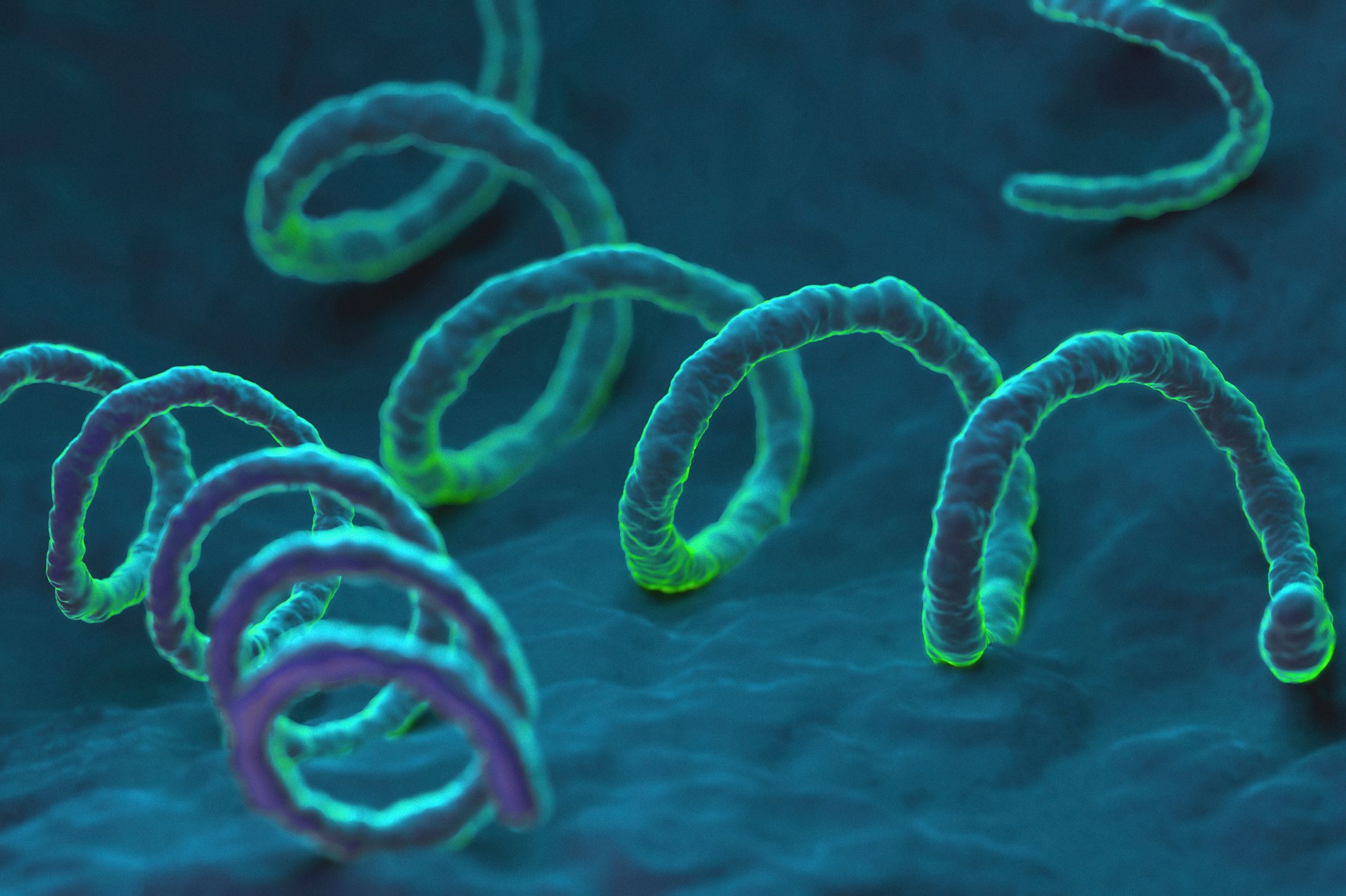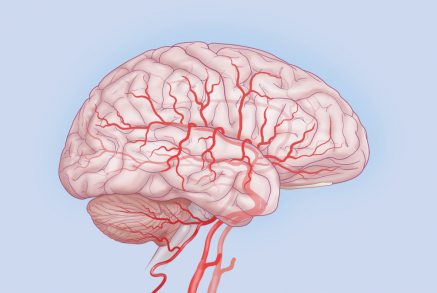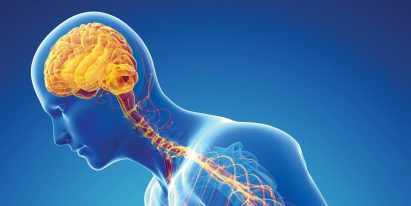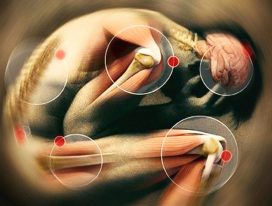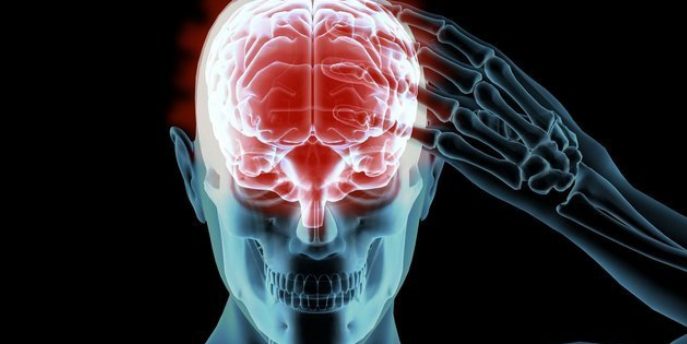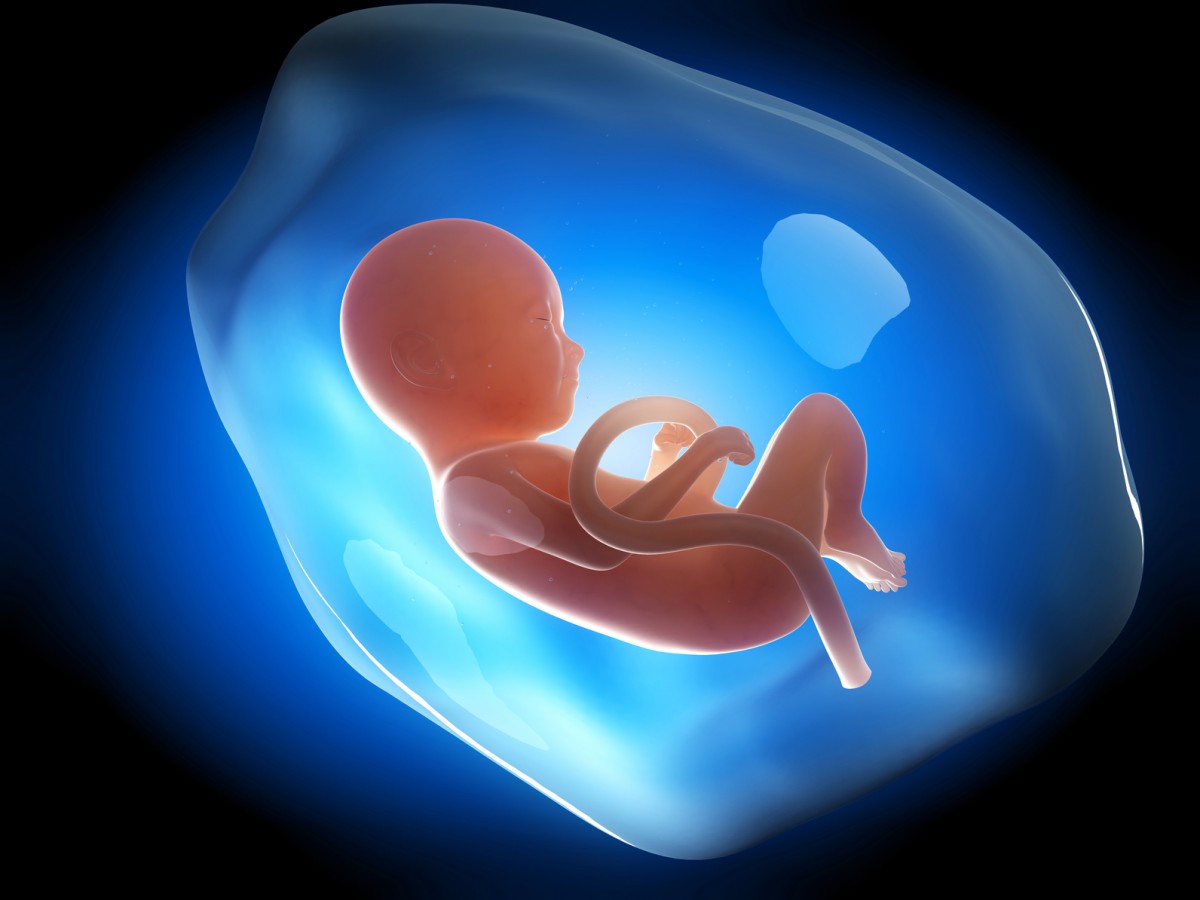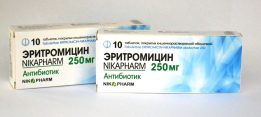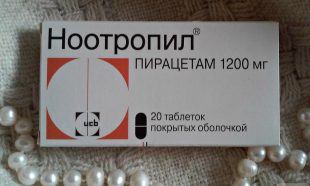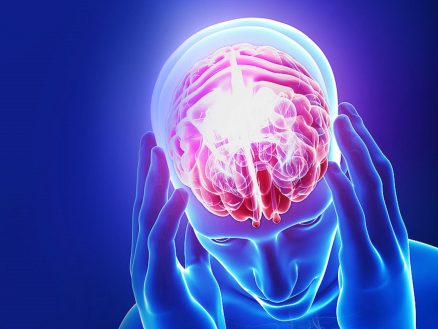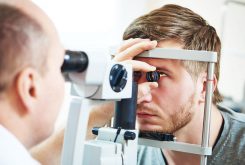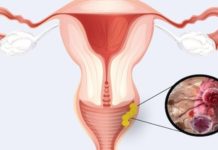Syphilis is a sexually transmitted infection. The causative agent of the disease is pale treponema. The disease has a chronic course. Affecting various organs, the pathological process contributes to the violation of their function. Poor treatment of the disease or untreated completely lead to the penetration of the pathogen through the bloodstream and lymphatic system in the central nervous system.
Material Content:
What is neurosyphilis
Neurosyphilis is a severe pathology that occurs with damage to the structures of the brain and spinal cord, often leading to disability, and sometimes death of patients. Recently, the disease is much less common, which is explained by a change in the pathogenicity of the pathogen due to the treatment of the disease with modern medications.
The disease can develop in any period of the pathological process. But more often occurs in the secondary or tertiary periods. The clinical picture of the disease is manifested by symptoms of meningitis, meningomyelitis or the development of local symptoms due to the formation of syphilitic gum in the brain.
Signs and symptoms of the disease
Since neurosyphilis is a chronic and long-term disease, damage to the central nervous system is most often observed in the distant time, but it can also be in the early stages of the development of the disease. The clinical manifestations of the disease will depend on the stage of the lesion.
According to clinical manifestations, an early appearance, late and congenital neurosyphilis are distinguished.
Early
Early neurosyphilis - can develop within 2 years from the moment of infection against the background of primary or secondary syphilis.But the disease can manifest itself at a later time, that is, within 5 years from the moment of infection. The course of the pathological process mainly affects the membrane of the brain tissue and blood vessels.
Neurosyphilis of this period is manifested by the following diseases:
- Acute syphilitic meningitis - headaches accompanied by nausea and vomiting, dizziness, positive meningeal symptoms of irritation of the meninges predominate in the clinical picture of the disease. Sometimes the process is accompanied by skin rashes in the form of a papular rash. Unlike viral meningitis, this pathology proceeds against the background of normal temperature without the development of fever. The process can affect the cranial nerves, causing hearing loss, strabismus, loss of visual fields.
- Meningovascular pathology - manifests itself as an acute violation of cerebral circulation in ischemic or hemorrhagic type, due to damage to the vascular wall. Before the development of the picture of the acute process, precursors appear in the form of a headache, dizziness, insomnia, and symptoms of mental disorders. The process can also be localized in the membranes of the spinal cord, causing paraparesis (incomplete paralysis) of the lower extremities with impaired function of the pelvic organs. Trophic disturbances appear in the form of dry skin, peeling, and the development of pressure sores. Such symptoms may be a consequence of a violation of spinal circulation.
The clinical manifestations of the early period of neurosyphilis are confirmed by the positive specific results of laboratory tests.
Late
Symptoms of late-stage neurosyphilis appear after 7-8 years from the time of infection and are characterized by severe damage to the central nervous system in combination with mental disorders.
The following diseases correspond to this period:
- Progressive paralysis - the pathological process manifests its development after 10-15 years of the disease in the form of meningoencephalitis. At this stage of the CNS lesion, the pathogen is already in the cells of the brain, destroying the structure of the nervous tissue and causing gross changes in the psyche. Suffers memory, thinking, emotional background in the form of attacks of aggression, followed by apathy. Often progressive paralysis is accompanied by epileptic seizures, which further exacerbate the course of the disease. As a rule, such patients die from accruing manifestations of the disease or an associated infection;
- Spinal cord - a pathological process affects the spinal cord, most often at the level of the lumbosacral spine. The clinical picture of the disease is manifested by increasing weakness in the lower extremities, impaired sensitivity, unsteady gait, severe pain syndrome paroxysmal nature. Changes in the neurological status are noted in the form of prolapse of the knee and Achilles reflexes, accompanied by trophic disorders;
- Syphilitic gum is the formation of a dense consistency that occurs in the tissues of the brain due to the inflammatory process caused by the pathogen. The process is most often localized in the region of the base of the brain, which leads to compression of the cranial nerves with subsequent progressive hypertension. With the localization of gum in the spinal cord, paresis of the lower extremities and a violation of the function of the pelvic organs develop.
Severe damage to the nervous system of the late period of neurosyphilis leads to disability or death of patients.
Congenital
Congenital neurosyphilis is extremely rare. Infection of the fetus can occur during fetal development from an infected mother or during childbirth. A characteristic feature of congenital pathology is the presence of hydrocephalus in combination with keratitis, deafness and changes in the central incisors from above. The disease in a child develops during the first year of life.
The clinical course of the disease in children will be the same as in adults, with the exception of spinal cord. Therapy, begun in the early stages, allows you to stop the progression of the process, but the symptoms of the central nervous system remain.
Laboratory diagnostic methods
Diagnosis of neurosyphilis presents significant difficulties due to the polymorphism of the disease, which takes into account clinical data, neurological status, instrumental examination of the patient.
In the presence of clinical manifestations of neurosyphilis, the diagnosis is confirmed by laboratory tests, which include the following tests:
- blood on RW - Wasserman reaction;
- blood for ELISA - enzyme-linked immunosorbent assay, which allows to determine the antibodies in the body;
- blood for RPR - precipitation reaction, which allows to detect specific antibodies;
- immunofluorescence reaction (IGF) - determination of the presence of antibodies;
- immobilization reaction of pale treponema (RIB) - detection of the pathogen;
- reaction of passive hemagglutination - the reaction of gluing red blood cells;
- study of cerebrospinal fluid - allows you to determine the presence of treponemas in biological media.
The treatment regimen for neurosyphilis
Therapeutic measures for the treatment of syphilis of the nervous system are carried out taking into account the individual characteristics of the patient’s body, as well as the time of the process, tolerability of drugs, the form of neurosyphilis and the clinical manifestations of the disease.
The main drugs for treating neurosyphilis are penicillin or tetracycline antibiotics if penicillin intolerance occurs. The drug is administered intramuscularly or taken orally.
To prevent the progression of the disease in the treatment of neurosyphilis, large doses of antibiotics are used according to the following treatment regimens:
- Penicillin - up to 24 million units. per day intravenous administration (fractional doses - 4 times a day) course for 2 weeks;
- Procaine-Benzylpenicillin - 2.4 million units daily single dose of intramuscular injection plus Probenicid 500 mg 4 times a day or Ethamide 0.35 g 4 times a day for oral administration for 2 weeks. These funds prevent the excretion of penicillin from the body, which leads to a high concentration of antibiotic in the cerebrospinal fluid;
- Benzatin benzylpenicillin - 2.4 million units No. 3. The drug is prescribed as a continuation of therapy after taking one of the courses or intramuscular single injection per week of Extentsillin in 2.4 million units.
With intolerance to these drugs, a treatment regimen for the disease with other antibiotics is prescribed:
- Tetracycline - 500 mg 4 times a day for a month;
- Erythromycin - in a similar way;
- Chloramphenicol - 1 g daily dose for intravenous administration over 1.5 months;
- Ceftriaxone - 2 g of a single daily dose for intramuscular injection for 2 weeks.
Important! The use of large doses of antibiotics can cause a negative reaction of the body in the form of nausea, vomiting, headaches, heart palpitations. To avoid these manifestations, corticosteroid drugs are prescribed.
The use of antibiotics can stabilize the process. But sometimes with the late form of neurosyphilis, as a result of an autoimmune reaction of the body, the disease continues to progress. In this case, prednisolone is prescribed at 40 mg per day.
Be sure to carry out the following non-specific and symptomatic treatment aimed at increasing the body's defenses and relieving negative symptoms during the disease:
- vitamins of group B, C, A, E;
- general strengthening agents - Fitin, glycerophosphate, iron preparations;
- medications that stimulate brain activity - Nootropil, Piracetam, Cavinton, Glycine;
- agents that improve cerebral circulation - Nicotinic acid, Vinpocetine;
- absorbable preparations - Lidase intramuscularly No. 20;
- with the appearance of mental disorders and poor sleep - sedatives, antidepressants.
The effectiveness of the treatment of manifestations of neurosyphilis is carried out under the supervision of laboratory tests of blood and cerebrospinal fluid.
Possible complications and consequences of the disease
With neurosyphilis, symptoms of central nervous system damage have a pronounced clinic, which has a progressive course. As a rule, in this case, there are significant violations of the function of the brain and spinal cord.
Of the complications that may develop due to the presence of this disease, the following are distinguished:
- intracranial hypertension, accompanied by severe paroxysmal headaches with nausea and vomiting, which do not bring relief;
- atrophy of the optic nerve, which threatens the development of complete blindness;
- speech impairment in the form of dysarthria;
- paresis and paralysis of the lower extremities;
- dysfunction of the pelvic organs in the form of urinary and fecal incontinence;
- decreased mental activity up to the development of dementia.
The prognosis for such a severe pathology will be unsatisfactory. Severe neurological symptoms in the patient's condition are disability and disability, and in some cases, death.


